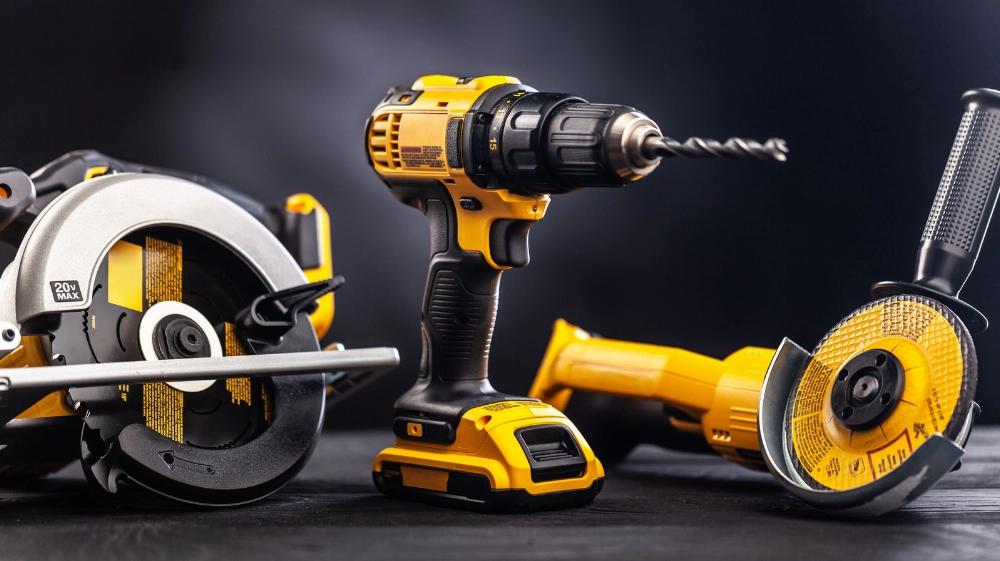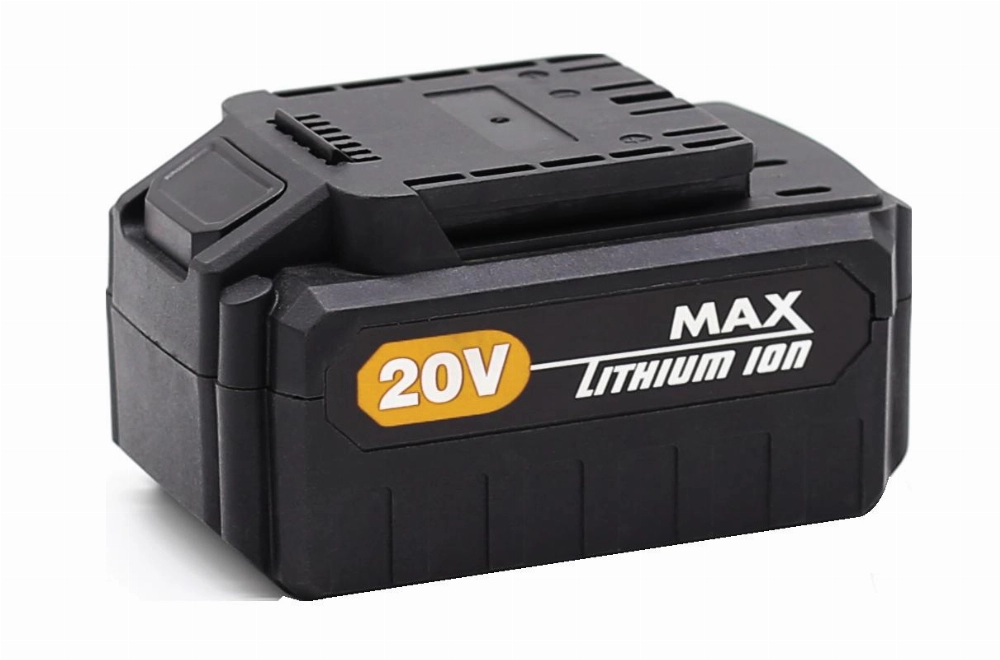Selecting the right battery for your screwdriver is crucial to ensure optimal performance and efficiency. The right battery not only powers your tool effectively but also enhances your overall experience when undertaking various projects. With a multitude of options available, understanding the different battery types, their compatibility with specific screwdriver models, and other important factors can help you make an informed choice. This comprehensive guide will cover all the essential information for selecting the optimal battery for your screwdriver.

Part 1: Battery Types for Screwdrivers

When choosing a battery for your screwdriver, it’s essential to understand the different types available and their compatibility with specific screwdriver models. Each battery type has its own set of advantages and disadvantages:
Nickel Cadmium (NiCd) Batteries
Nickel Cadmium (NiCd) batteries have been widely used in power tools for decades. Known for their durability and reliability, NiCd batteries are ideal for heavy-duty screwdrivers in industrial or construction environments. However, they are prone to the memory effect, which means their capacity can decrease if they are not fully discharged before recharging.
Nickel Metal Hydride (NiMH) Batteries
Nickel Metal Hydride (NiMH) batteries are a more recent alternative to NiCd batteries. They offer higher capacity and are less susceptible to the memory effect, making them suitable for mid-range screwdrivers used for DIY projects and home repairs. While they may not perform as well in extreme temperatures, they are generally more environmentally friendly than NiCd batteries.
Lithium-Ion (Li-ion) Batteries

Lithium-Ion (Li-ion) batteries are popular due to their lightweight design and high energy density. They provide consistent power throughout the discharge cycle, making them ideal for both light-duty and heavy-duty screwdrivers. Their lack of memory effect also means they maintain their capacity over time, making them an excellent choice for frequent users.
Lithium Polymer (LiPo) Batteries
Lithium Polymer (LiPo) batteries are similar to Li-ion batteries but offer greater flexibility in design and form. These batteries are lightweight and can deliver high discharge rates, making them well-suited for high-performance screwdrivers used in professional applications, such as racing or advanced DIY projects. However, they require careful handling and charging due to their sensitivity.
Part 2: Screwdriver Voltage Requirements
The voltage of a battery is crucial to the power output of your screwdriver. Most screwdrivers operate on a voltage range between 3.6V and 18V. Here’s how different voltage levels can impact your tool’s performance:
Low Voltage (3.6V – 7.2V)
Low-voltage screwdrivers are ideal for light-duty tasks, such as assembling furniture or working with small electronics. While sufficient for basic tasks, they may lack the power for more demanding jobs.
Mid Voltage (9V – 12V)
Mid-voltage screwdrivers offer a good balance between power and portability. These tools are versatile and suitable for a variety of tasks, including DIY projects and general home repairs.
High Voltage (14V – 18V)
High-voltage screwdrivers are designed for heavy-duty applications, such as construction or professional use. These tools provide maximum torque and speed, making them ideal for driving larger screws or working with tough materials.
Part 3: Battery Life Considerations
Battery life is an important consideration when choosing a battery for your screwdriver. It is typically measured in Ampere-hours (Ah) or milliampere-hours (mAh), which indicates the amount of energy the battery can store. Here’s what to consider:
Short Battery Life
Low mAh batteries are suitable for short tasks but require frequent charging, which can be inconvenient for longer projects.
Long Battery Life
High mAh batteries provide longer run times between charges, allowing you to work more efficiently without constant interruptions for recharging.
Part 4: Ensuring Battery Compatibility
Before purchasing a new battery, it’s essential to ensure that it is compatible with your specific screwdriver model. Check the voltage, battery type, and connection type to avoid any compatibility issues. Understanding these factors can help you make the right choice and ensure that your tool works seamlessly with the new battery.
By following these guidelines, you’ll be well-equipped to choose the right battery for your screwdriver, resulting in optimal performance and an improved user experience.
For more information on selecting the appropriate lithium battery for various tools, be sure to check out our detailed guide on finding the perfect battery to meet your needs.
Screwdriver Battery Buying Guide and Maintenance Tips
Part 1: The Importance of Battery Choice for Your Screwdriver
Choosing the right battery for your screwdriver is crucial to ensuring its performance and longevity. Selecting the appropriate battery not only enhances tool performance and extends lifespan but also ensures operational safety.
Part 2: Choosing the Right Battery for Your Screwdriver
Consult Manufacturer Specifications
Always consult the manufacturer’s specifications to ensure compatibility with your screwdriver model. This will help you choose the most suitable battery.
Opt for Brand-Specific Batteries
Many manufacturers design batteries specifically for their tools to ensure optimal performance and safety. Stick to recommended brand batteries whenever possible.
Part 3: Key Battery Features to Consider
When buying a screwdriver battery, consider the following key features to enhance your experience:
Integrated Protection Circuit
Opt for batteries with integrated protection circuits. These circuits help prevent overcharging, overheating, and short circuits, thereby extending the battery’s lifespan.
Support for Fast Charging
Batteries that support fast charging can minimize downtime, making your work more efficient on projects.
Battery Indicator Light
Batteries with indicator lights provide visual feedback on charge levels, helping you easily track power status.
Part 4: What to Expect to Spend on a Quality Battery
Battery prices depend on type, capacity, and brand.
Budget Options
If you’re on a budget, NiCd or lower-capacity NiMH batteries may be a good option. However, these options may not perform as well in demanding applications.
Premium Options
Investing in high-end lithium-ion or lithium-polymer batteries may have a higher upfront cost but will offer better performance and a longer lifespan, making them a worthwhile investment.
Part 5: Is It Safe to Use Third-Party Batteries?
Third-party batteries may be cheaper, but they also come with certain risks:
Compatibility Risks
Third-party batteries may not fit properly into your screwdriver or may not function as expected, leading to potential problems.
Warranty Issues
Using third-party batteries may void your tool’s warranty if they cause damage or performance issues.
Part 6: Maintaining Your Screwdriver Battery
Proper maintenance can extend the life of your screwdriver battery. Here are some basic maintenance tips:
Charge Regularly
Charge your battery regularly, even when not in use, to maintain its capacity.
Store Properly
Store your battery in a cool, dry place away from direct sunlight or extreme temperatures to prevent damage.







